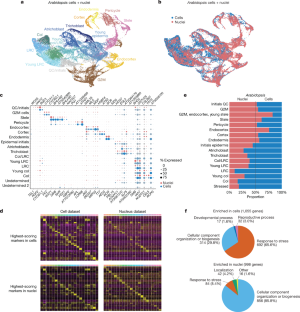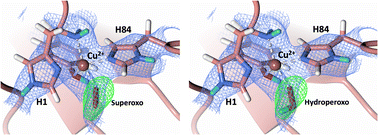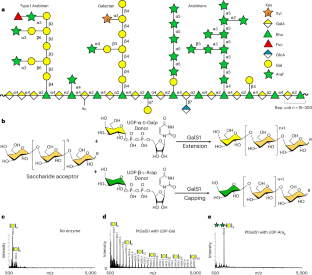2023-05-10 ニューヨーク大学 (NYU)
◆研究者たちは、Resolve Biosciencesとの共同研究で、一度に約100の遺伝子の細胞位置をマッピングする空間転写組織学法を使い、細胞ごとの種間遺伝子発現マップを検証した。研究者らは、これらの穀物が同じ祖先から進化したにもかかわらず、重要な特性に相違点があることを指摘し、それぞれの遺伝子の発現を検証することで、植物細胞の進化を探求し、乾燥地に適応した作物を作るための制御遺伝子を特定するための手がかりを提供した。
<関連情報>
- https://www.nyu.edu/about/news-publications/news/2023/may/crops-evolved-by-swapping-genetic-modules-between-cells.html
- https://www.nature.com/articles/s41586-023-06053-0
全草のトランスクリプトームから、作物における細胞分岐のパターンが明らかになった。 A pan-grass transcriptome reveals patterns of cellular divergence in crops
Bruno Guillotin,Ramin Rahni,Michael Passalacqua,Mohammed Ateequr Mohammed,Xiaosa Xu,Sunil Kenchanmane Raju,Carlos Ortiz Ramírez,David Jackson,Simon C. Groen,Jesse Gillis & Kenneth D. Birnbaum
Nature Published:10 May 2023
DOI:https://doi.org/10.1038/s41586-023-06053-0

Abstract
Different plant species within the grasses were parallel targets of domestication, giving rise to crops with distinct evolutionary histories and traits1. Key traits that distinguish these species are mediated by specialized cell types2. Here we compare the transcriptomes of root cells in three grass species—Zea mays, Sorghum bicolor and Setaria viridis. We show that single-cell and single-nucleus RNA sequencing provide complementary readouts of cell identity in dicots and monocots, warranting a combined analysis. Cell types were mapped across species to identify robust, orthologous marker genes. The comparative cellular analysis shows that the transcriptomes of some cell types diverged more rapidly than those of others—driven, in part, by recruitment of gene modules from other cell types. The data also show that a recent whole-genome duplication provides a rich source of new, highly localized gene expression domains that favour fast-evolving cell types. Together, the cell-by-cell comparative analysis shows how fine-scale cellular profiling can extract conserved modules from a pan transcriptome and provide insight on the evolution of cells that mediate key functions in crops.



